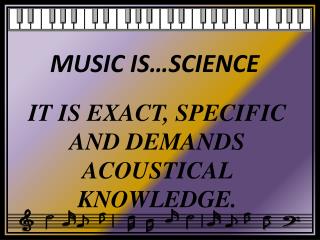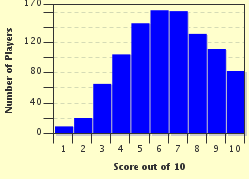

The instrument I choose for this example is the violin.I pick a slow tempo, about 60 beats per minute, also known as 1 beat per second.If you want, you can just watch me do it. What instrument or instruments will be playing the note.

Pick each of these before we start sketching and write them down in the corner of the paper. Restrictions will help to open up our creativity, because they filter out unnecessary ideas from your brain.įor instance, you can throw away any ideas you have that are two notes or longer. So let’s start with laying out the boundaries. Your goal is to compose for me, a 1 note piece of music. Step 1 – Set some restrictions for yourself Grab a pencil, staff paper, and compose with me right now.ĭownload staff paper here. Let’s accomplish this very basic composition skill together, and through this, I think I can show you how you’ll approach learning composition in general. Compose a one note piece of music, right now. They are categories.Ī composition skill should be repeatable, and have a clear goal. Harmony, melody, form – these are not skills. A composition skill should be a repeatable process. Starting with small skills makes the whole process flow better. This could be something as small as writing a note correctly by hand or as big as a symphony. You then focus on one specific composition skill at a time. This is your background knowledge – everything you’ve learned about music until this very moment. Confusing quotes like “Music is the space between the notes,” which happens to be simultaneously attributed to Miles Davis, Claude Debussy, and Mozart. We also learn little tidbits about music along the way. Others may have had no experience playing at all. I grew up playing trumpet in wind bands and jazz bands. We all come to music with a lifetime of listening experiences. You Already Have Listening Experience, and Background Knowledge There is a lot you don’t know, and that’s okay.Ĭomposition is rewarding because there is no end to learning and growing. Learning composition is a process that will take time. To express ourselves, to bring joy to others through music, and to just simply create. Your goals may be slightly different, but in the end, we all want some of the same things.

You want to understand how music works, but your music theory is a little bit… shall we say… sketchy.You want to write down what you hear inside your head, and from that create longer works, hit songs, or just a good piece of music.You want to create music mostly for yourself, but you’re interested in film, TV, and video games.You want to compose music that clearly expresses yourself and your emotions in a way that others understand.If any of these describe you, keep reading.
Depth of knowledge chart for music free#
Since launching my original free composing course on youtube back in 2011, I’ve asked many of the 35,000 people who’ve taken it what their goals are for composing.

So I set out reading just about every music theory or composition book I could get my hands on. When I started Art of Composing in 2011, I had a loose idea of the things I needed to learn. The process of changing it, actually forces you to understand it. The fastest way to learn composition is to memorize small fragments of music, and then learn to change and combine those fragments in very specific ways.


 0 kommentar(er)
0 kommentar(er)
